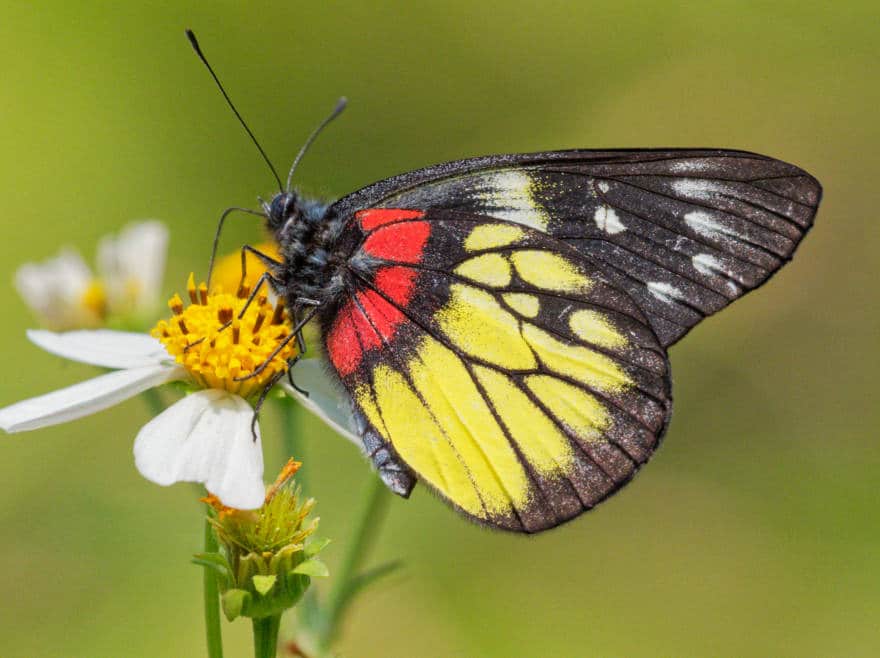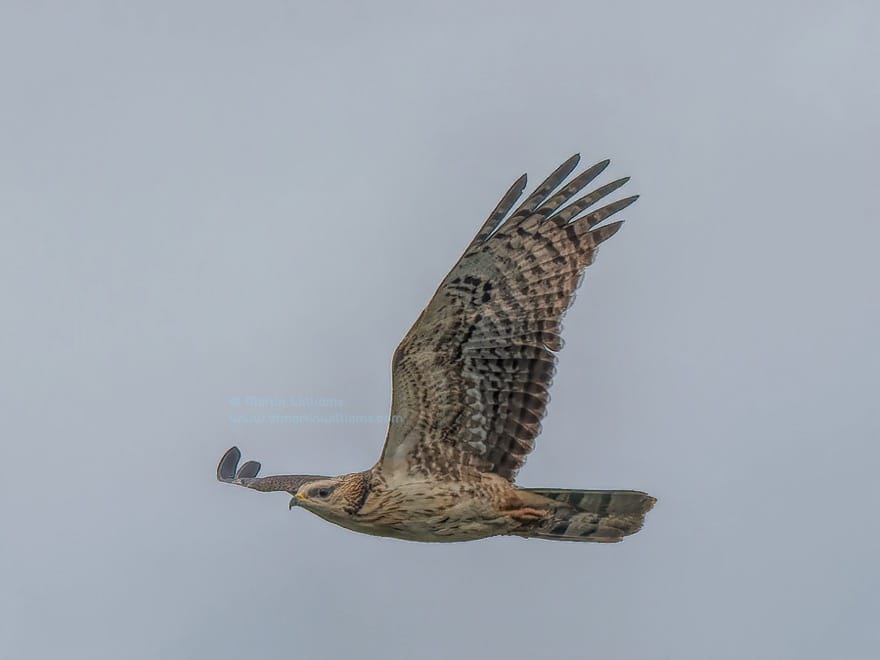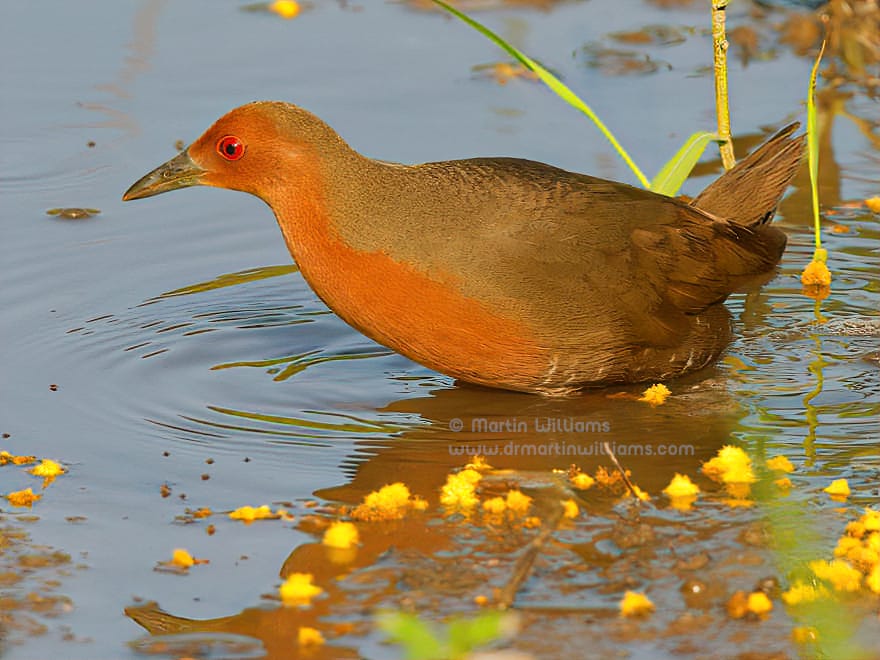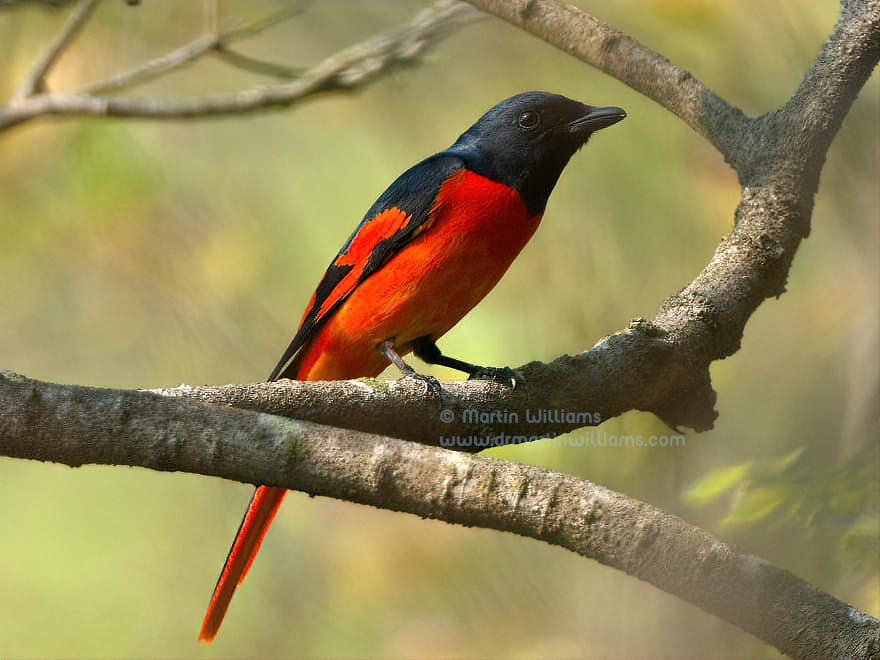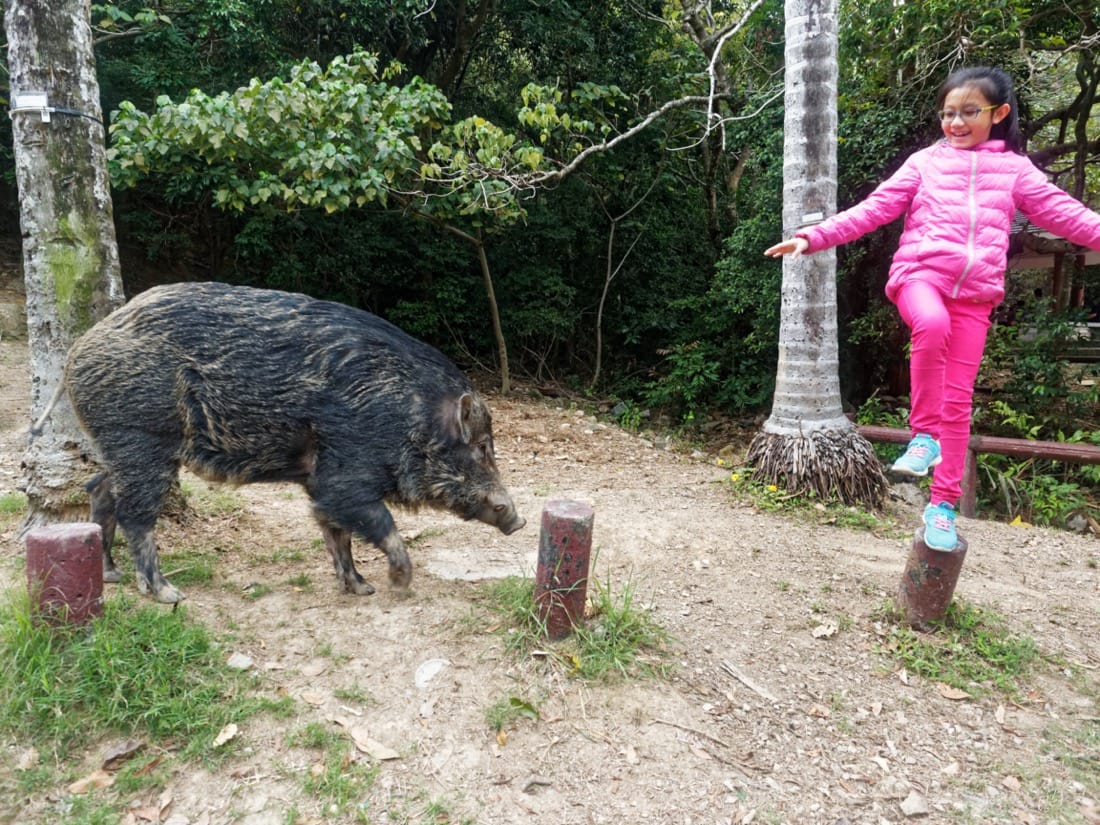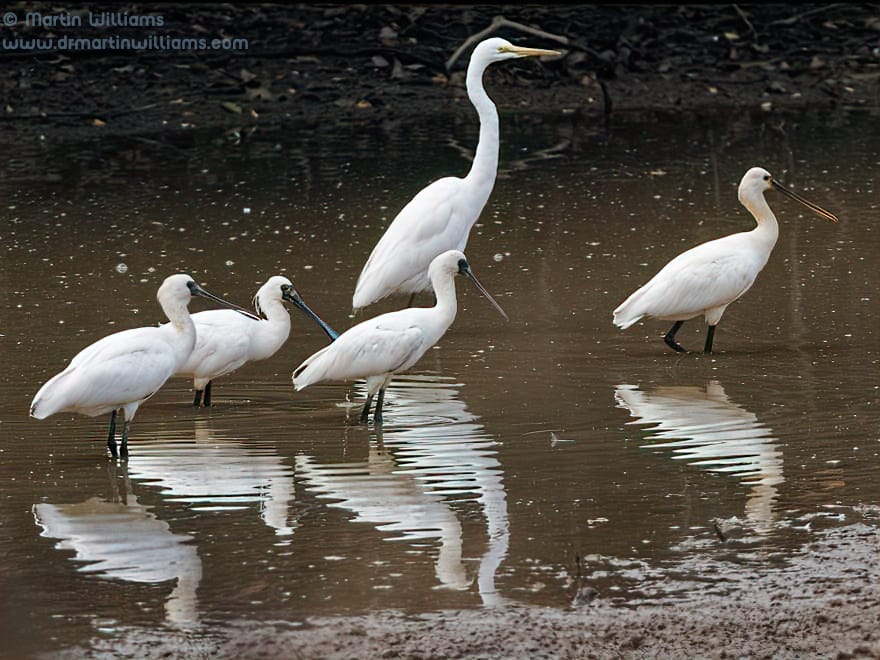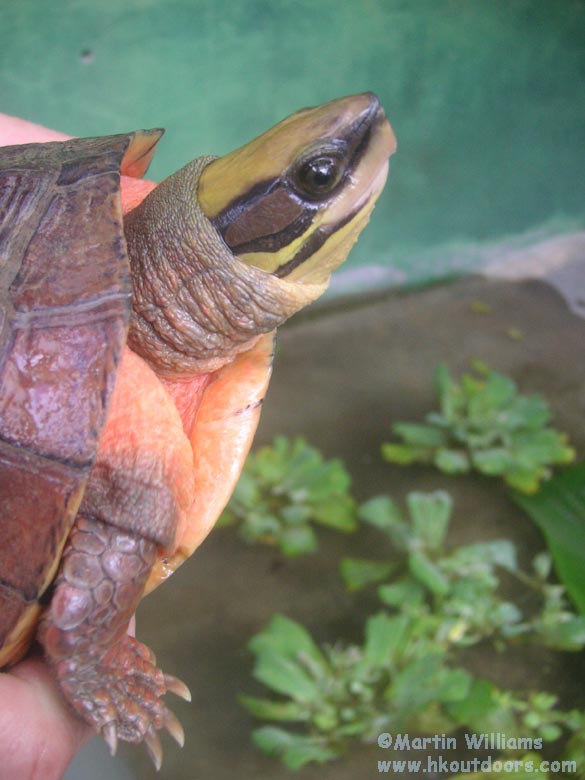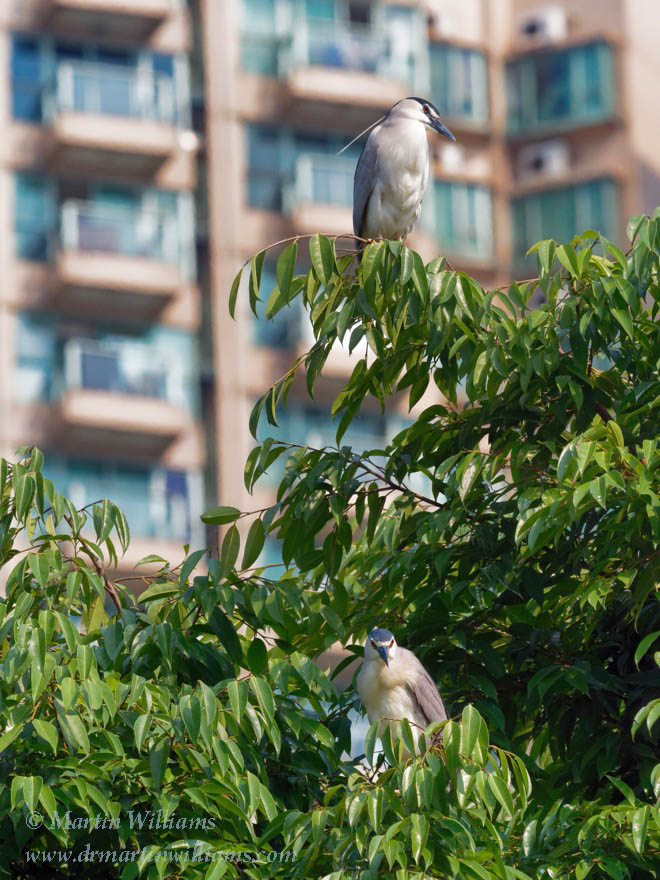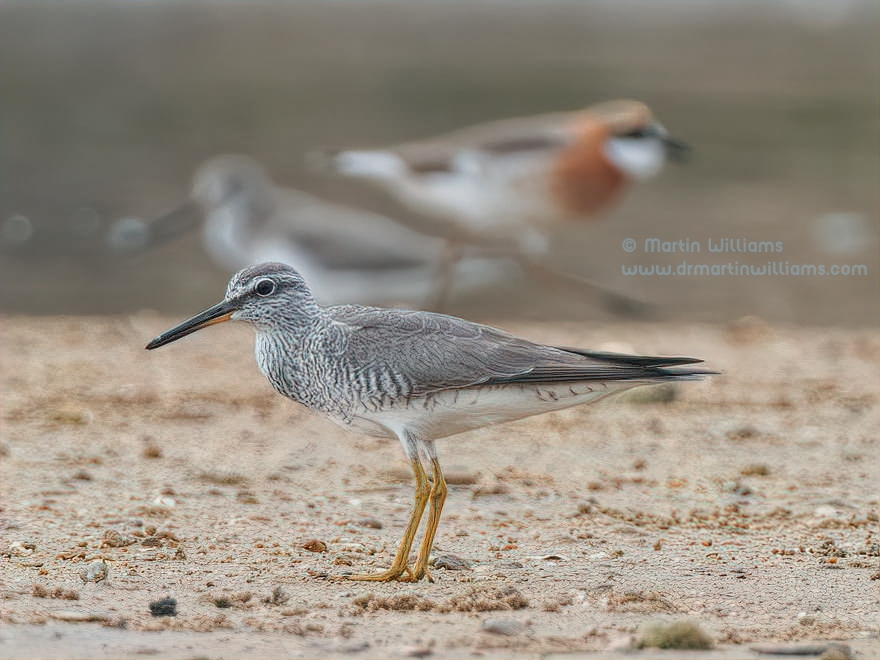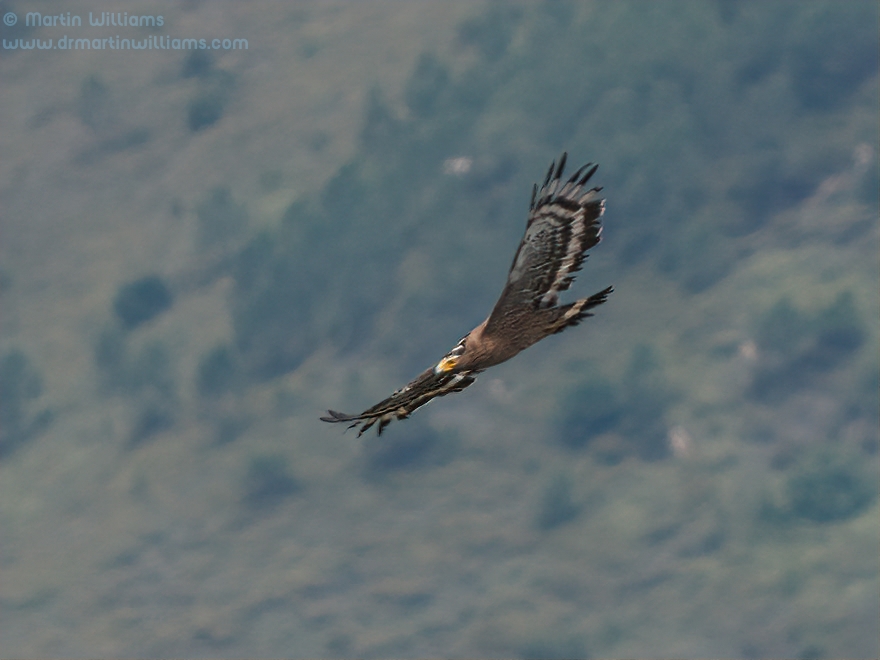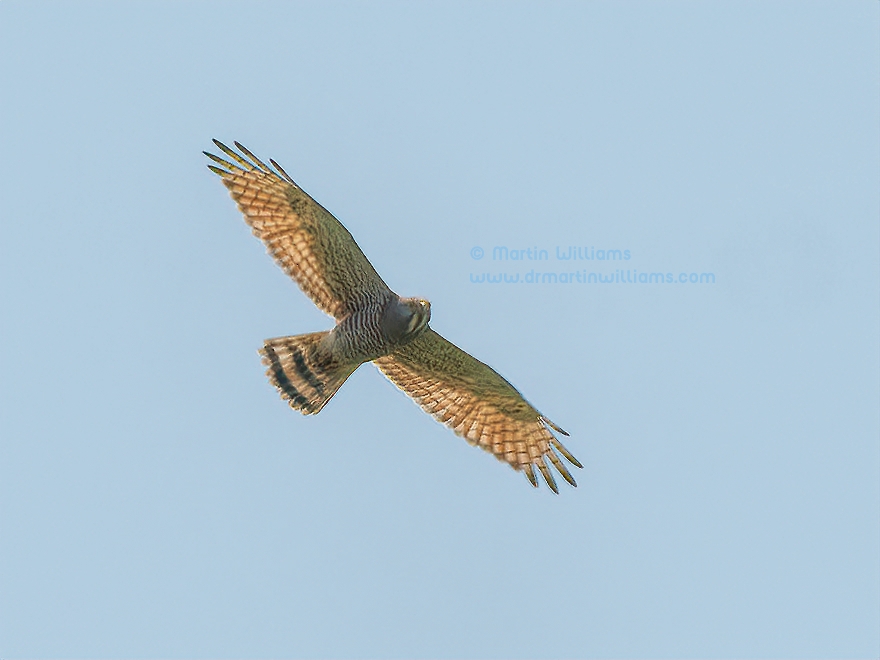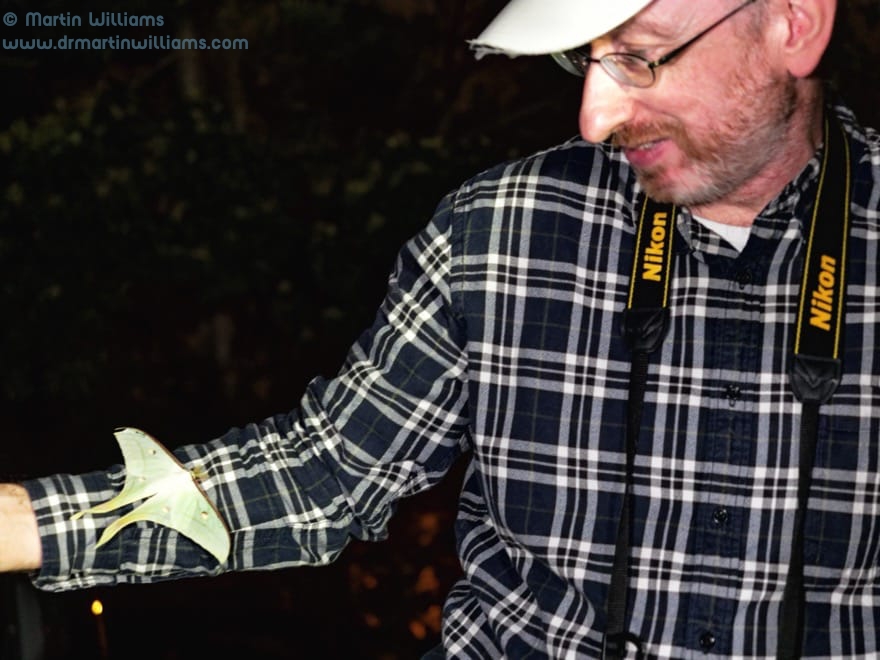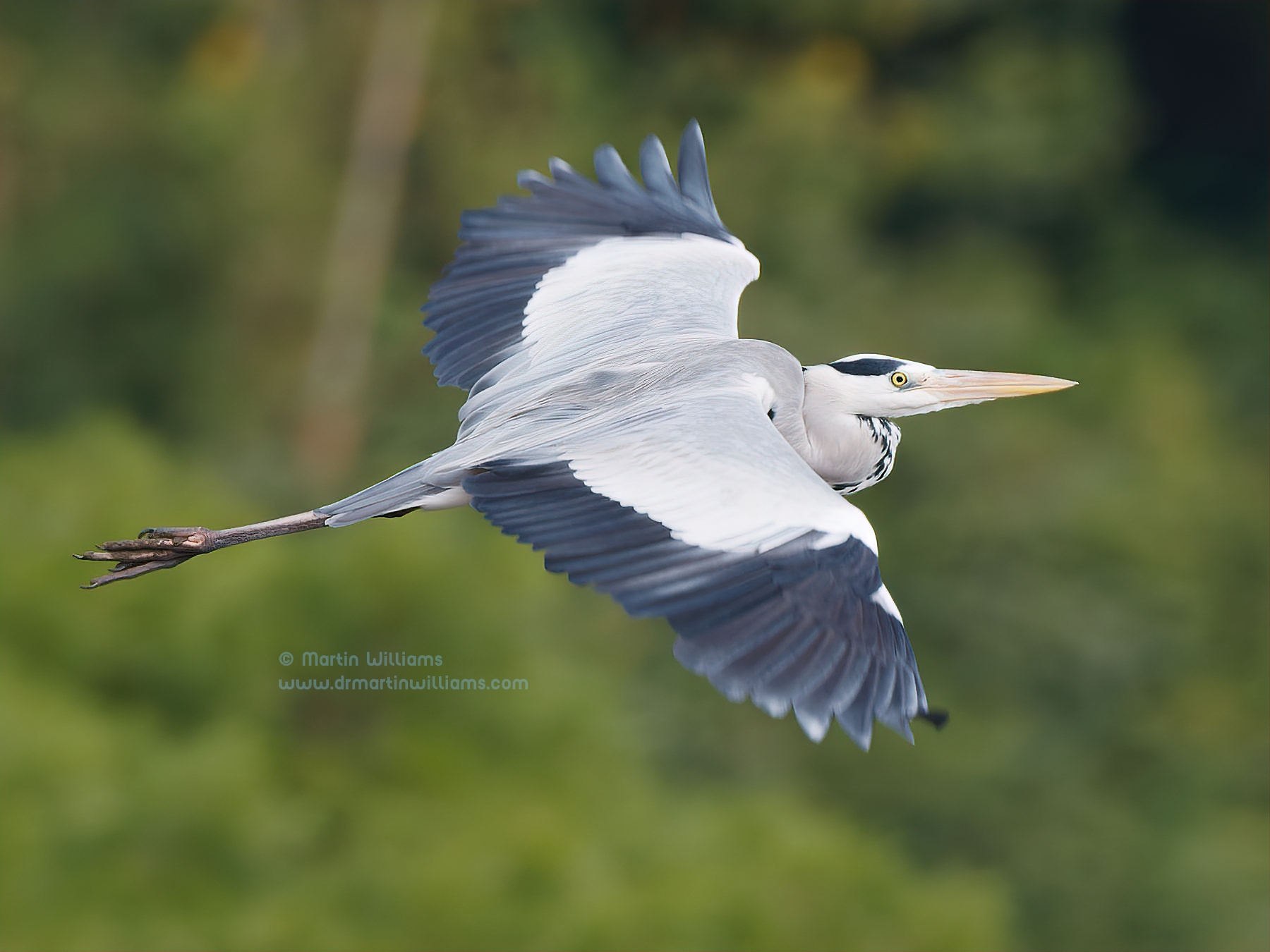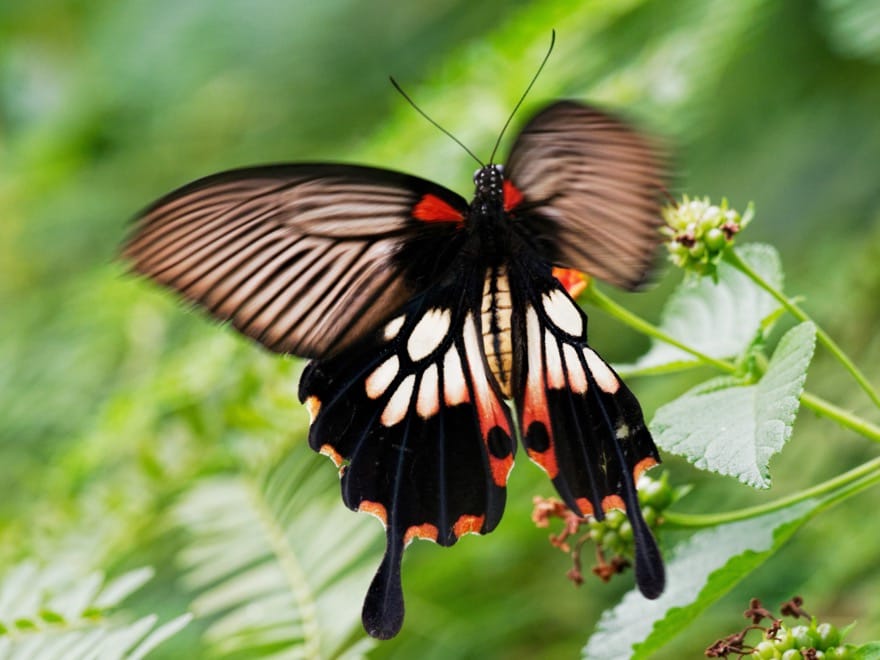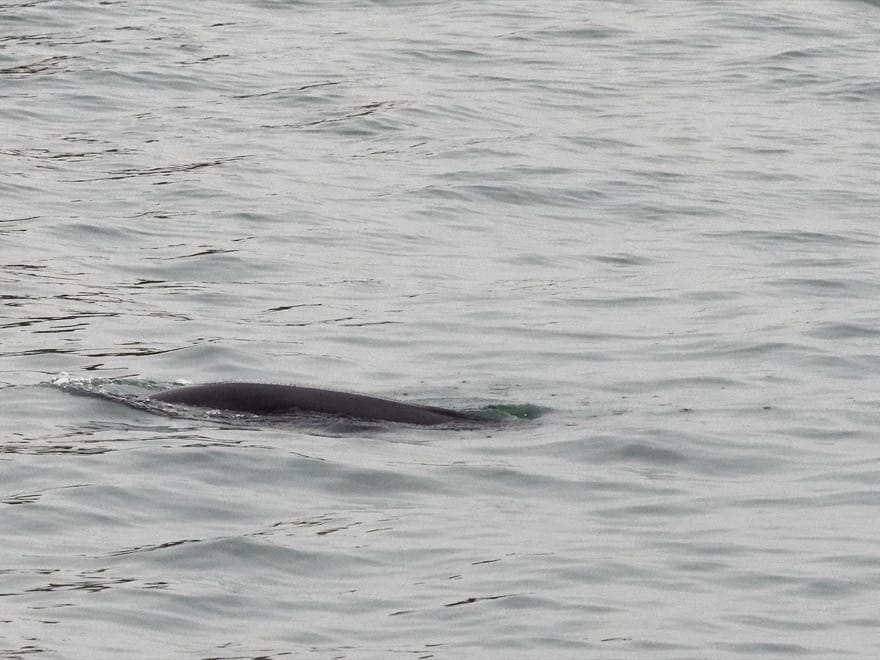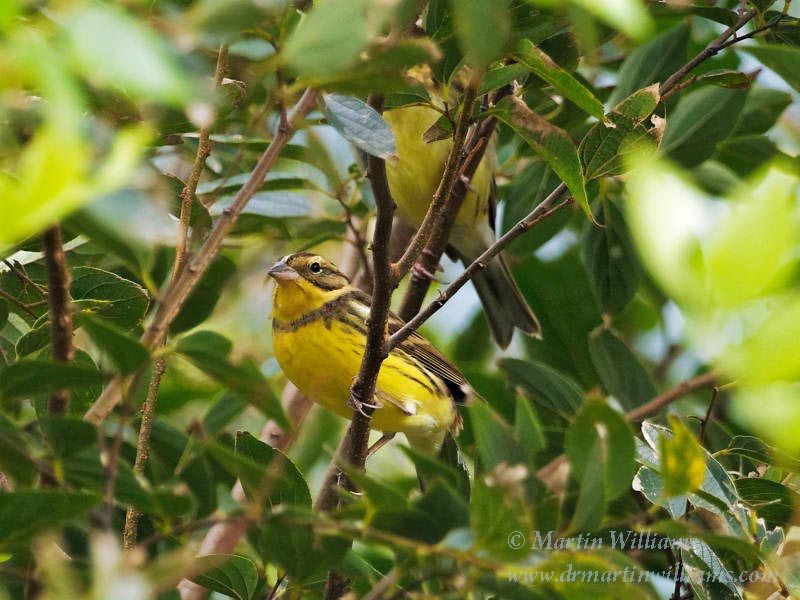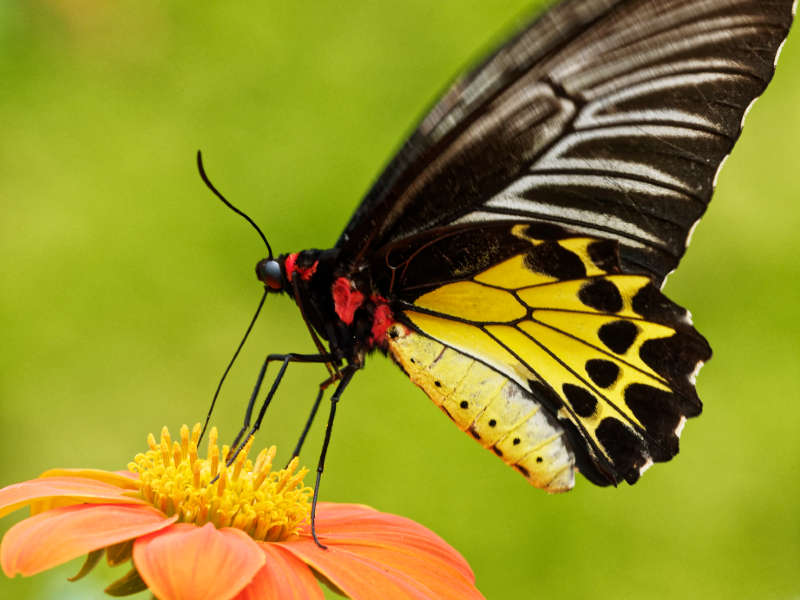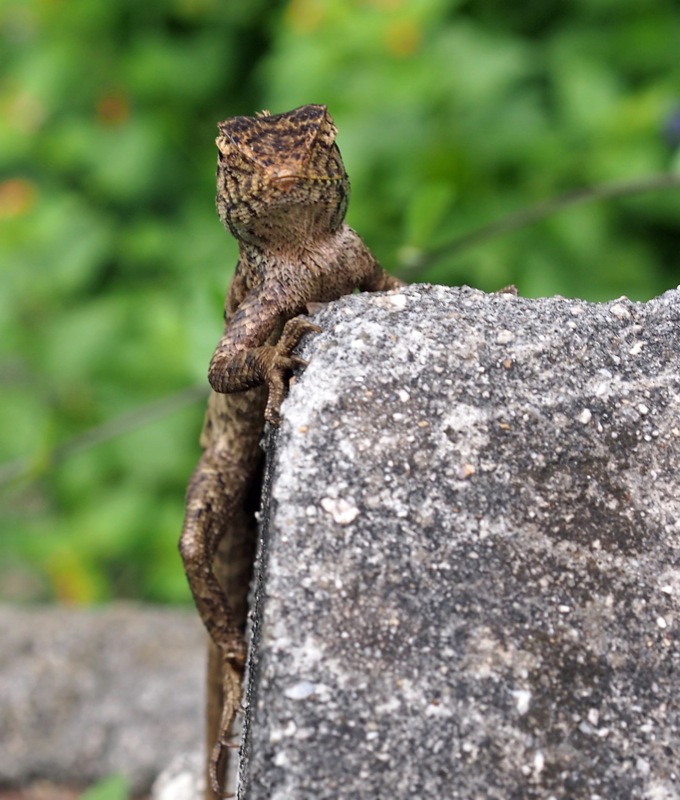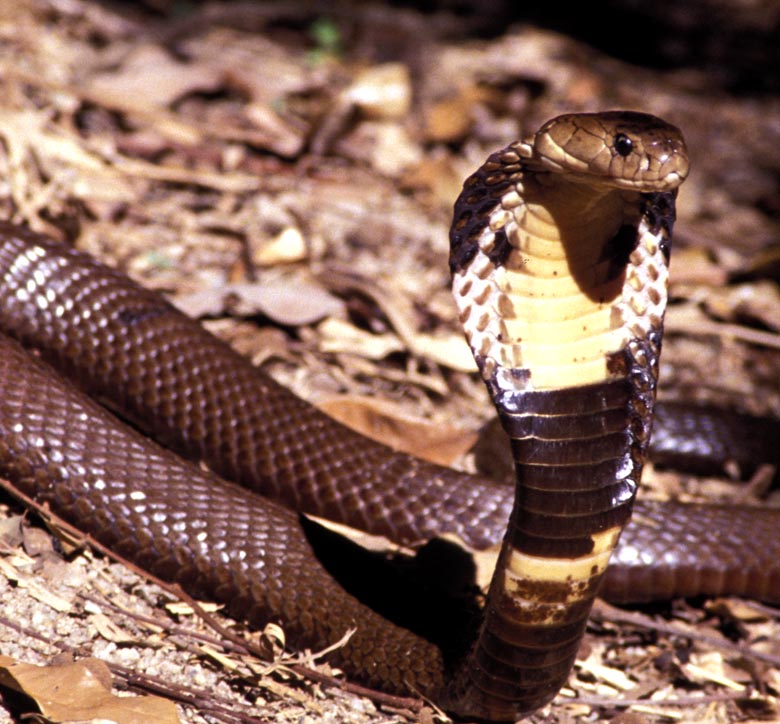Hong Kong’s last tiger was shot in Stanley, in 1942; prior to which this now extinct sub-species had become an occasional visitor to the territory.
Though surely extinct in the wild now, South China Tigers were formerly widespread across southern China, and surely resident in Hong Kong when it was clothed in sub-tropical forest, and home to large mammals including gaur [wild cattle], elephants, rhinos, leopards and more. But as forests were felled by humans, especially from around a thousand years ago onwards, tigers lost their forest homes; and by early last century it seems they were just visitors from across the border.
According to the Geoffrey Herklots, a Briton who lived in Hong Kong and was a superb naturalist during the first half of last century:
“Nearly every winter one or more tigers visit the New Territories; often the visitor is a tigress with or without cubs. The visit rarely lasts more than two or three days. A tiger thinks nothing of a 40 mile walk and in a couple of nights could walk from the wild country behind Bias Bay to Tai Mo Shan or the Kowloon Hills. Because their visits are usually of such short duration and because most people exaggerate, little credence is given to tiger rumours. Most that I have investigated have been founded on fact!”
Prior to Herklots’ arrival here, there was this report in 1 February 1893 edition of the China Mail, about three tigers reportedly roaming the area near present-day Lei Yu Mun:
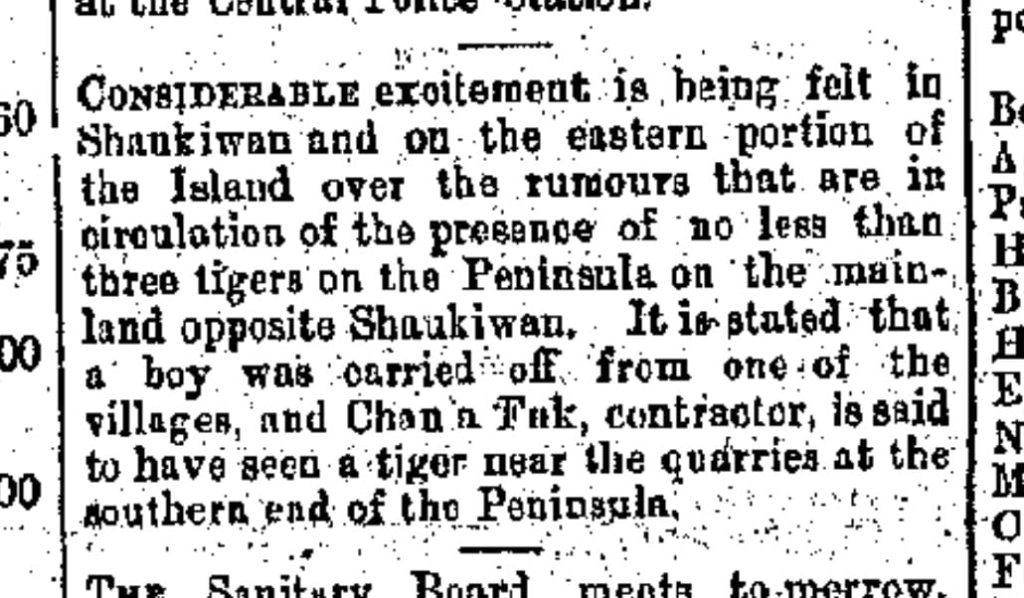
Herklots did report on one event involving a tiger in 1915:
“In 1915, a tiger was shot by Mr. Burlingham A.S.P. in the New Territories, but only after it had killed Sergeant Groucher, and I believe it was reported to have visited both Hong Kong and Lan Tau island (sic) in its wanderings.”
This is discussed at some length in an article, A view to a kill – the mythologisation process in action – which includes several accounts regarding this tiger.
Though the accounts differ, the tiger was indeed shot, as this photo shows; its head was then exhibited in the Central Police Station, and later in the Police Museum.
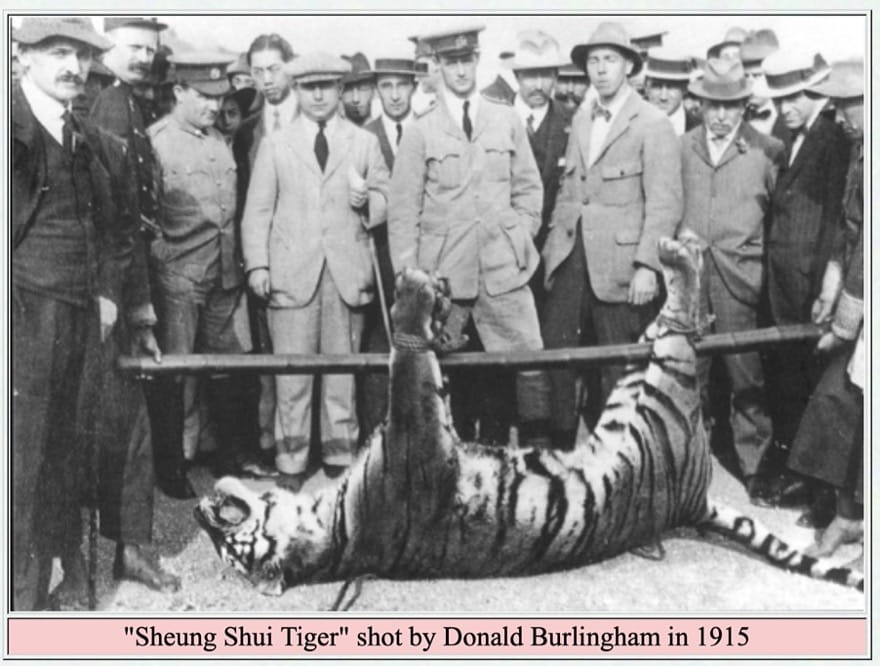
The two policemen killed by the tiger are included in this list of Hong Kong Police Deaths in the Course of Duty (1841-1941):

There’s a lengthy article on tiger occurrences in Hong Kong, with several more reported sightings, even mention of villagers who accidentally trapped a tiger, which later died in an amusement park : Hong Kong has more skyscrapers than nearly any city. But 60 years ago, tigers were still seen in the wild. This also mentions a historical account mentioning over 10,000 people being killed by tigers in four south China provinces over around 2000 years. Humans got more than revenge, however, including as Mao Zedong encouraged killing predators such as tigers; and even prior to this, they had become scarce following immense deforestation and persecution of wildlife.
So by the Second World War, there were fewer tigers, less sightings in Hong Kong; and yet there was this account by Geoffrey Charles Emerson, who was interned in Stanley:
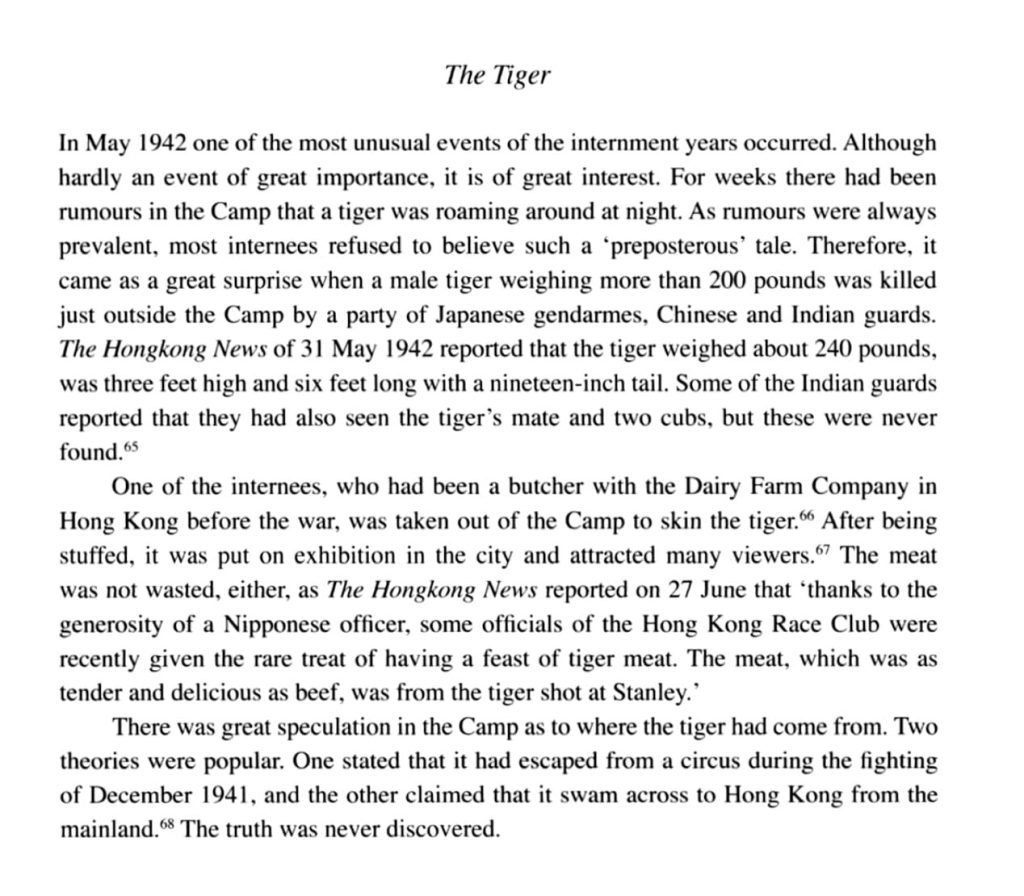
The notion it came from a circus was never proven, nor an idea it may have been released by the Japanese to terrify local people; so it may well have been a wild tiger – my guess, could even have been disturbed by the war, arriving in Hong Kong, and swimming across to Hong Kong Island. Bertram Walter Bradbury, the internee who butchered the tiger, reportedly believed it was wild.
The Stanley tiger was reportedly shot by Indian policeman Mr Rur Singh, in front of Stanley police station in 1942. Its skin was hung in Stanley Tin Hau Temple, becoming blackened with soot over the years, and should be still there.
In the years since, there have been no certain tiger sightings in Hong Kong – though in 2018 a couple caused laughter when they stirred up a fuss after supposedly seeing a tiger on Ma On Shan, only to later say it looked like, err, a Leopard Cat, which is barely smaller than a household tabby cat.


